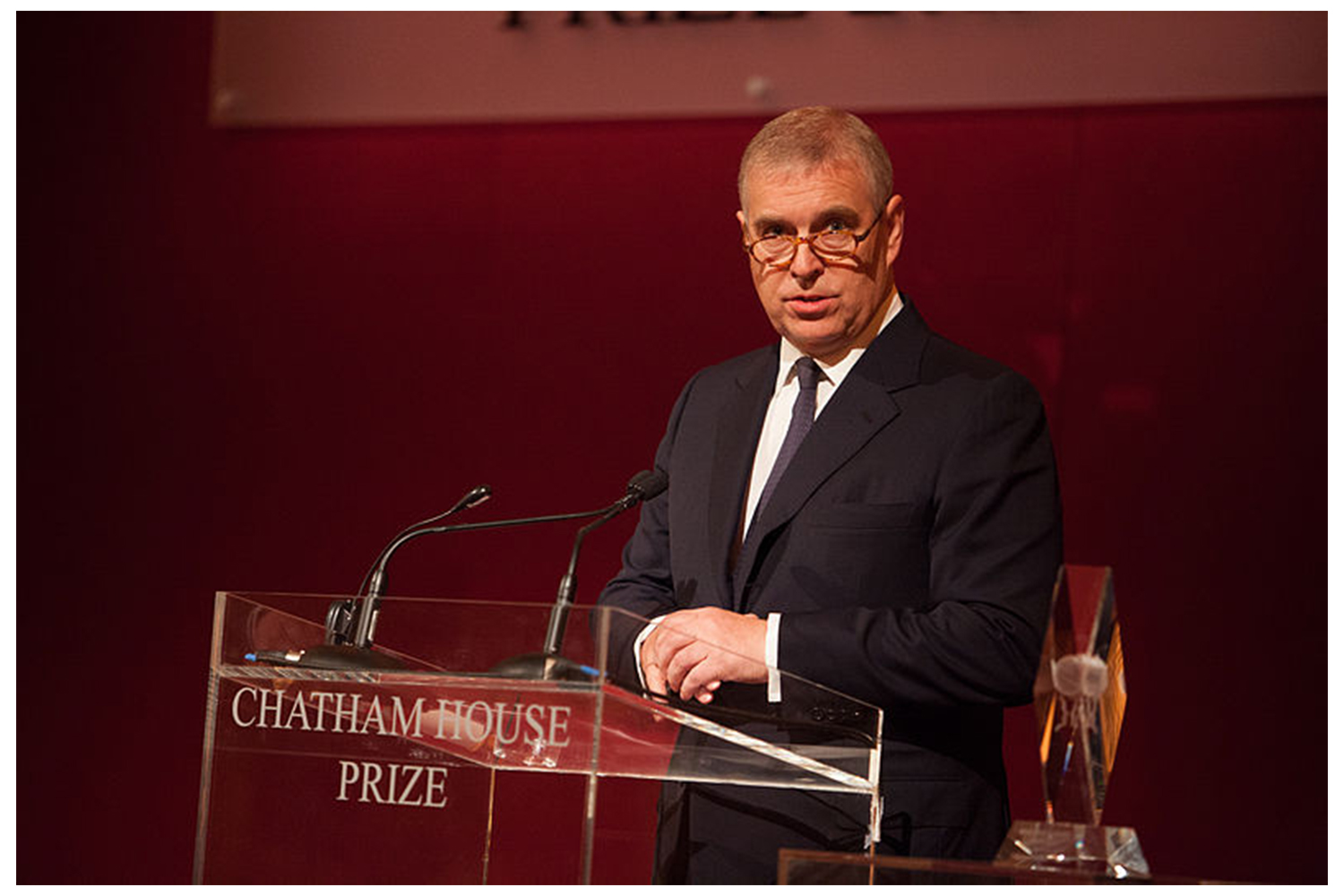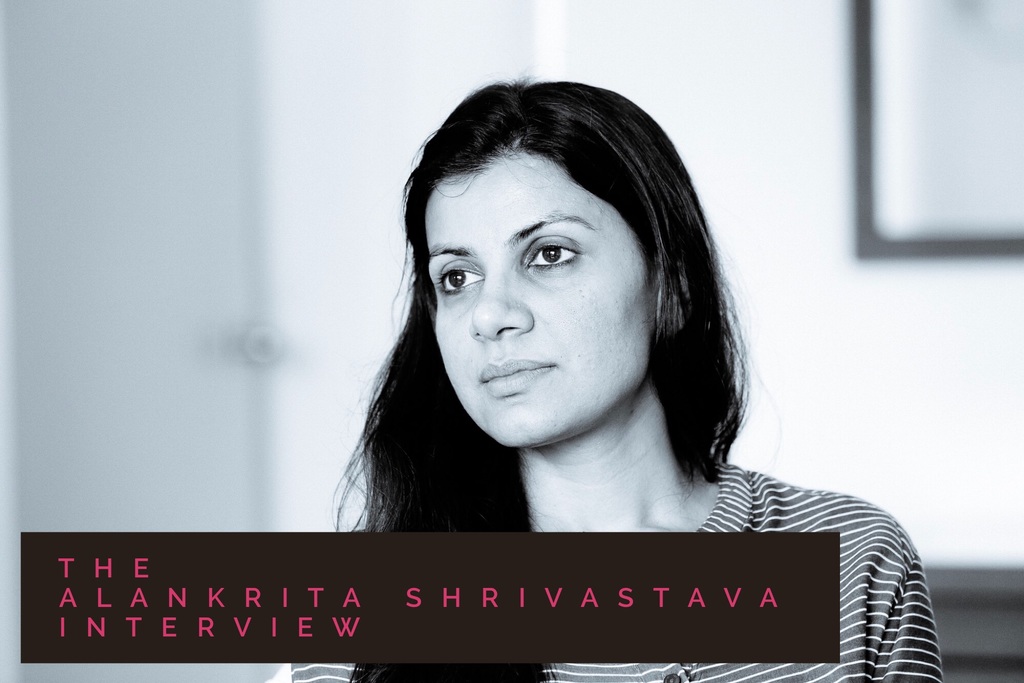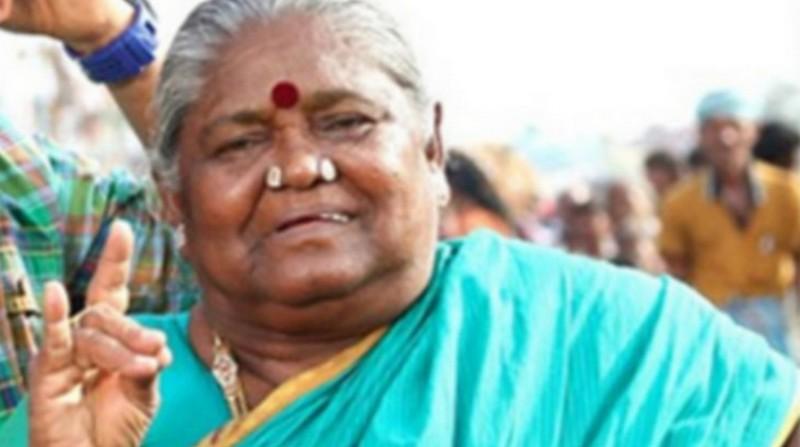Writer Jay Krishna, who has penned dialogues for Telugu films such as Vijay Devarakonda-starrer Dear Comrade, Nani’s Krishna Gadi Veera Prema Gadha, and the recent OTT release Bhamakalapam, led by Priyamani, has some interesting projects lined up. The first of these to hit theatres will be filmmaker Radha Krishna Kumar’s pan-Indian film Radhe Shyam, starring Prabhas and Pooja Hegde, which will release on Friday. Radhe Shyam is a romantic period drama set in 1970s Europe.
Aside from that, Jay is also working on Dulquer Salmaan‘s next with Hanu Raghavapudi and the web series Brinda, starring Trisha Krishnan.
Ahead of Radhe Shyam’s release, Jay sits down with Silverscreen India to talk about his approach to penning dialogues, the difference between working on projects for OTT and the big screen, writing for women characters, and more.
How have you, as a dialogue writer, approached working on Radhe Shyam? Given that Prabhas has a huge fan following, there are bound to be certain expectations, and at the same time, it is a romantic film and thus not only about the hero.
I see Radhe Shyam as not a simple love story since its premise is new; it merges palmistry and romance. Palmistry is a traditional practice, but a novel concept to explore in cinema. To use it to bring a conflict in the story, designing the climax with romance’s destiny, is new to Telugu cinema. This excited me as a dialogue writer. I had never done any research for the films I’d worked on before, but for this film, I read up on palmistry, in order to design Prabhas’s dialogues in a way that would reflect how a palmist’s mind works. At the same time, I’ve also included a line drawn from his public image. This line, which is in the trailer, alludes to Prabhas’ love-life and marriage, as there has been a lot of discussion surrounding this.
Also, Pooja Hegde’s character in Radhe Shyam is of equal importance as the story is based on the fates of both lead characters. So we have tried to balance that in the writing.
Are dialogues generally written with the character in mind or the artist?
99% of dialogues are based on the characters. Sometimes, we do keep the artist’s image in mind when it comes to writing for stars. But generally, even actors do not prefer dialogues that are not in line with the story. So, the focus is primarily on the story.
Although Radhe Shyam is a pan-Indian film, it is coming from the Telugu film industry. Were any specific instructions provided to writers in the other languages?
We try our best to ensure uniformity, but sometimes, focusing on that too much may cause us to miss out on the film’s essence. For example, Abbas and Hussain Dalal wrote the Hindi dialogues for Radhe Shyam, and they took some creative liberties which have enhanced the film. When a film is being made in different languages, it is wise to leave that call to the writers, as they know best what will work in that particular language.
OTT projects have seen a boom in recent times. You are currently working on the series Brinda, and have earlier written for the film Bhamakalapam, which premiered in OTT. Are there any differences when working on projects meant for a digital release as opposed to ones headed for the big screen?
The reach of OTT platforms is much larger and so we have to be more careful with quality, but it also gives us the liberty to explore fresh ideas and concepts. Films with novel ideas like Kadaseela Biriyani and Garuda Gamana Vrishabha Vahana have worked well on OTT platforms and they also allow writers to do away with certain requirements that theatrical releases entail, namely commercial elements like mass dialogues, songs, etc.
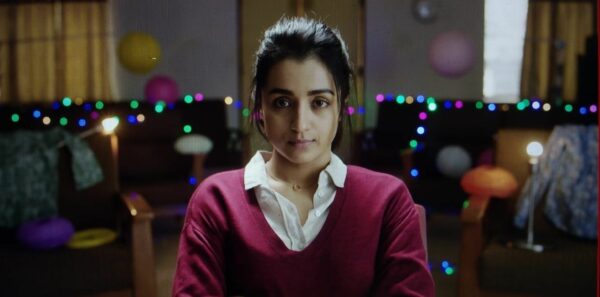
What can you tell us about Brinda?
It is an investigative crime thriller directed by my friend, Surya Vangala. It is set in Hyderabad and also discusses religious conflicts. As with most crime thrillers, it is not dialogue-heavy; music and action have more prominence. The core strength of the genre lies in silence, which should not be interrupted by dialogues.
There has not been much news on Dulquer-Hanu Raghavapudi’s multilingual film. Can you tell us anything about it?
Dulquer’s film is also a romantic period drama. It is set against an army backdrop and takes place in both Hyderabad and Kashmir. This is my second time working with Hanu after Krishna Gaadi Veera Prema Gaadha. As it is a period film, we are being careful with the words used and ensuring they are rooted in the time the story is set in.
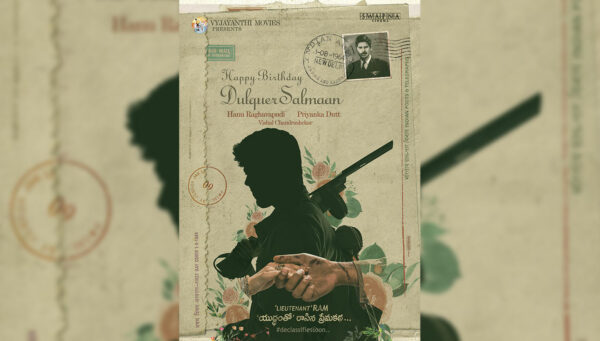
What is your opinion on the segregation of writing and direction? Industries like Malayalam and Hindi tend to treat the two as separate disciplines, while Telugu and Tamil cinema often have the directors doing all or most of the writing.
In the Telugu industry, directors come up with their own stories and reach out to writers only for the dialogues. This has been the practice for the last two decades. I think it is better when directors write their own stories, but consult with writers to enhance them. That’s how filmmakers can come up with more rooted, local stories with an honest narration.
Two of your recent works, Bhamakalapam and Brinda, are female-led projects. Often, the male protagonists in cinema tend to have stronger dialogues versus the female characters. How have you approached these two female protagonists?
It’s true that female characters in Indian films are generally given less impactful dialogues than those written for male characters. Personally, I like writing for female protagonists using simple yet powerful words. I also feel that female artists deliver dialogues with more depth with the correct pauses and rhythm, as compared to male artists.
What is the pulse of the audience when it comes to openness to new genres? Have you observed any changing trends or patterns?
Recommended
Audiences across the country are more open to content from varied genres thanks to the proliferation of OTT platforms. They are also open to watching films from other industries. At present, Telugu audiences watch a lot of Malayalam and Tamil movies. Likewise, Hindi audiences enjoy our films. South Indian cinema is increasingly favouring more powerful or novel concepts and rooted stories, as seen with films like Jai Bhim, Kumbalangi Nights, The Great Indian Kitchen, Super Deluxe, Jathi Ratnalu, and Skylab.

